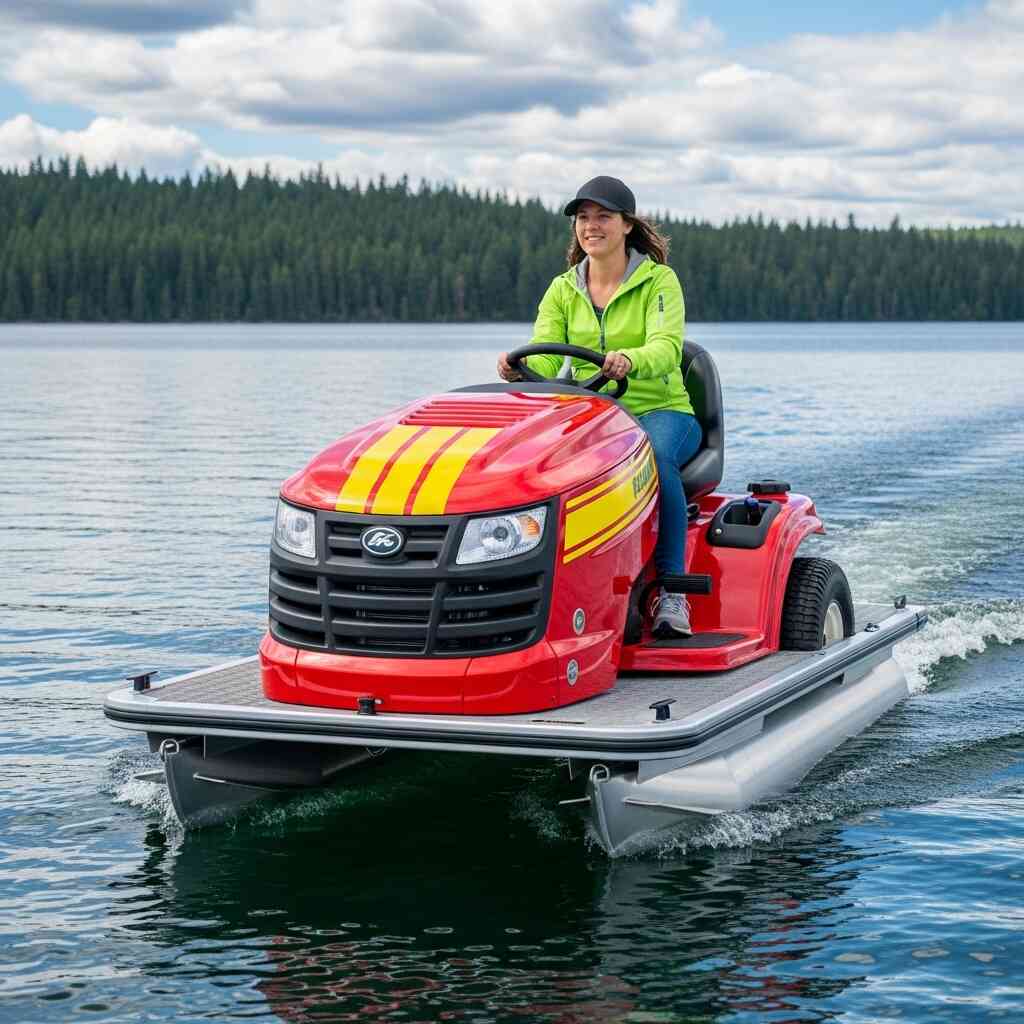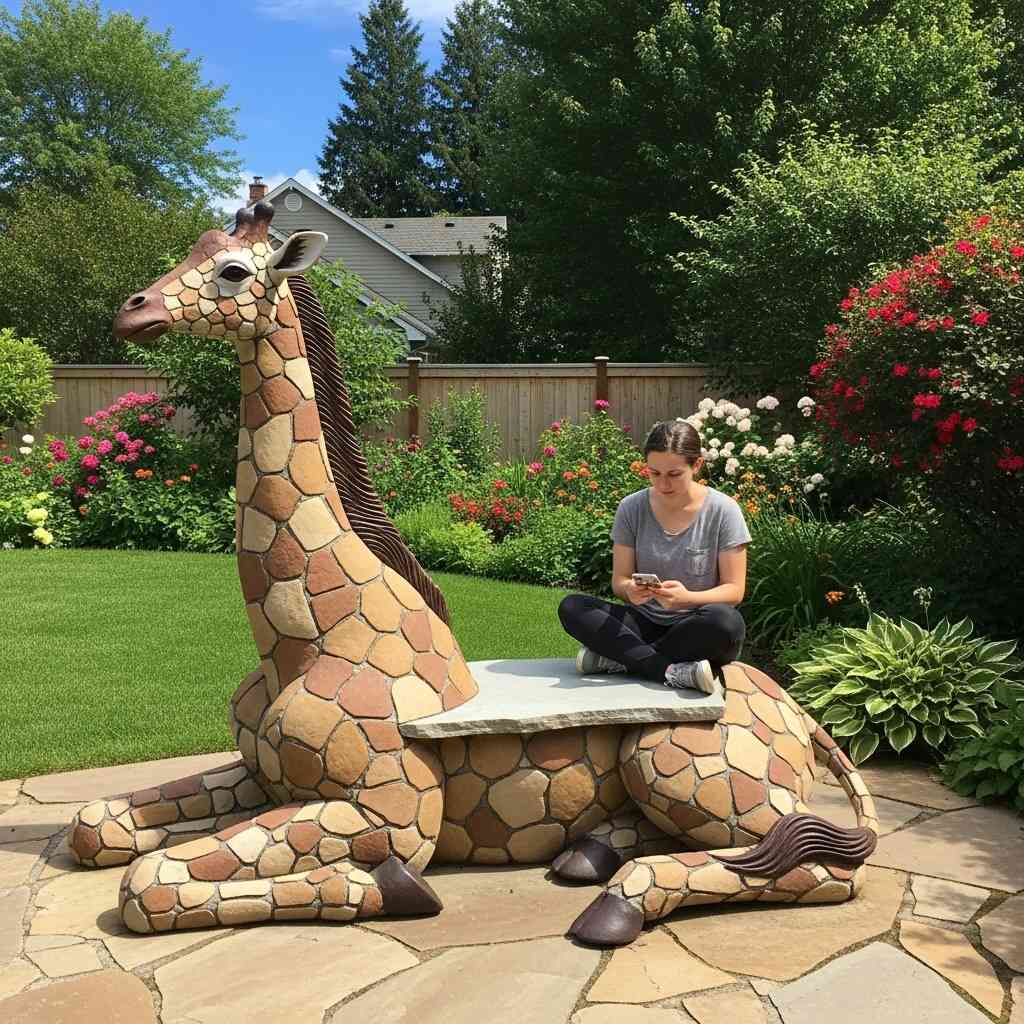In the ever-evolving world of fashion, designers continually seek inspiration from the most unexpected places. Nature, with its intricate patterns, organic forms, and functional beauty, has long been a muse for creative minds across industries. One such fascinating intersection of natural design and human ingenuity is the emergence of “horse hooves high heels“—a unique style of footwear that draws aesthetic and structural influence from the anatomy of equine hooves.
This article explores how this unconventional yet captivating concept came to be, delving into the origins of equestrian-inspired fashion, the symbolic significance of horse hooves in culture and design, and the artistic craftsmanship behind these avant-garde high heels. We will examine not only the visual appeal of these shoes but also the deeper meanings they convey—strength, elegance, resilience, and harmony with nature.
While the idea may initially seem whimsical or even absurd, the reality is that “horse hooves high heels” represent a bold reimagining of what footwear can be. They challenge traditional notions of beauty, comfort, and utility in fashion, while simultaneously paying homage to the majestic animals that have shared our history, labor, and companionship for millennia.
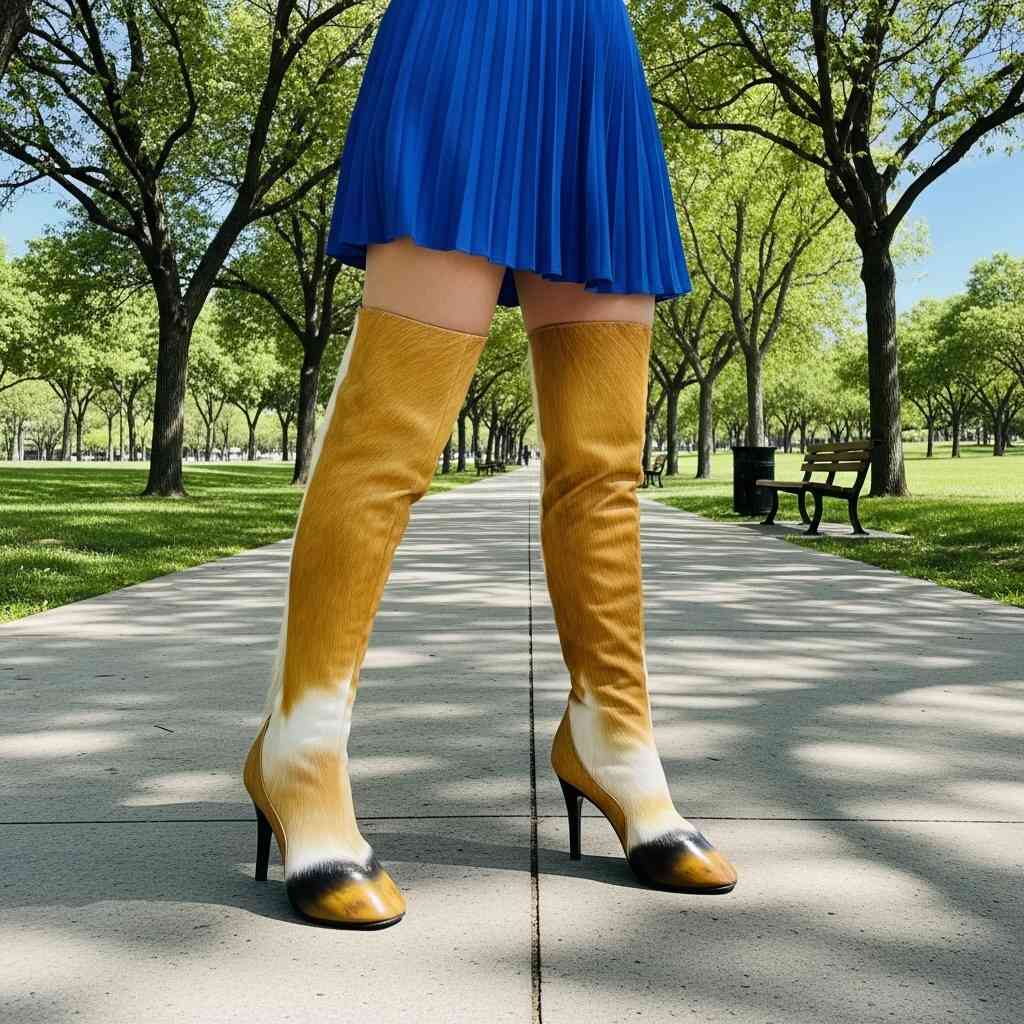
Part I: Origins and Evolution of Equestrian-Inspired Footwear
The Historical Bond Between Humans and Horses
To understand the allure of horse-inspired footwear, one must first appreciate the profound historical relationship between humans and horses. For thousands of years, horses have played pivotal roles in transportation, warfare, agriculture, and sport. Their presence in art, mythology, and literature further underscores their symbolic importance as creatures of power, grace, and freedom.
Equestrian culture has always carried an air of sophistication and nobility. From medieval knights to modern-day polo players, those associated with horses are often seen as refined, disciplined, and connected to tradition. This cultural reverence naturally extends to fashion, where elements of riding gear—such as boots, gloves, and saddles—have found their way into mainstream style.
From Practical Gear to Fashion Statement
Historically, equestrian footwear was designed for function rather than form. Riding boots, for instance, were crafted to protect the legs, provide stability in the saddle, and offer grip against leather seats. Over time, however, these utilitarian designs evolved into symbols of status and elegance. The polished look of tall boots, the structured silhouette of jodhpurs, and the metallic accents of spurs all became part of a broader aesthetic language.
Designers began to incorporate these motifs into everyday wear, blending practicality with glamour. The next logical step was to push boundaries further—transforming literal elements of horse anatomy into wearable art. Thus emerged the concept of “horse hooves high heels,” where the very foundation of a horse’s mobility and strength was reinterpreted as a statement piece of footwear.
The Birth of a New Aesthetic Movement
The idea of mimicking animal features in fashion is not new—think of stiletto heels shaped like cat paws or handbags adorned with reptilian textures. What sets “horse hooves high heels” apart is the depth of symbolism and the level of anatomical precision involved. These shoes do not merely imitate the appearance of hooves; they embody the essence of equine movement, structure, and spirit.
Designers who explore this niche often work closely with biologists, sculptors, and material scientists to ensure that their creations are both visually compelling and structurally sound. The result is a hybrid form—a fusion of biology and fashion that challenges conventional aesthetics while celebrating the natural world.
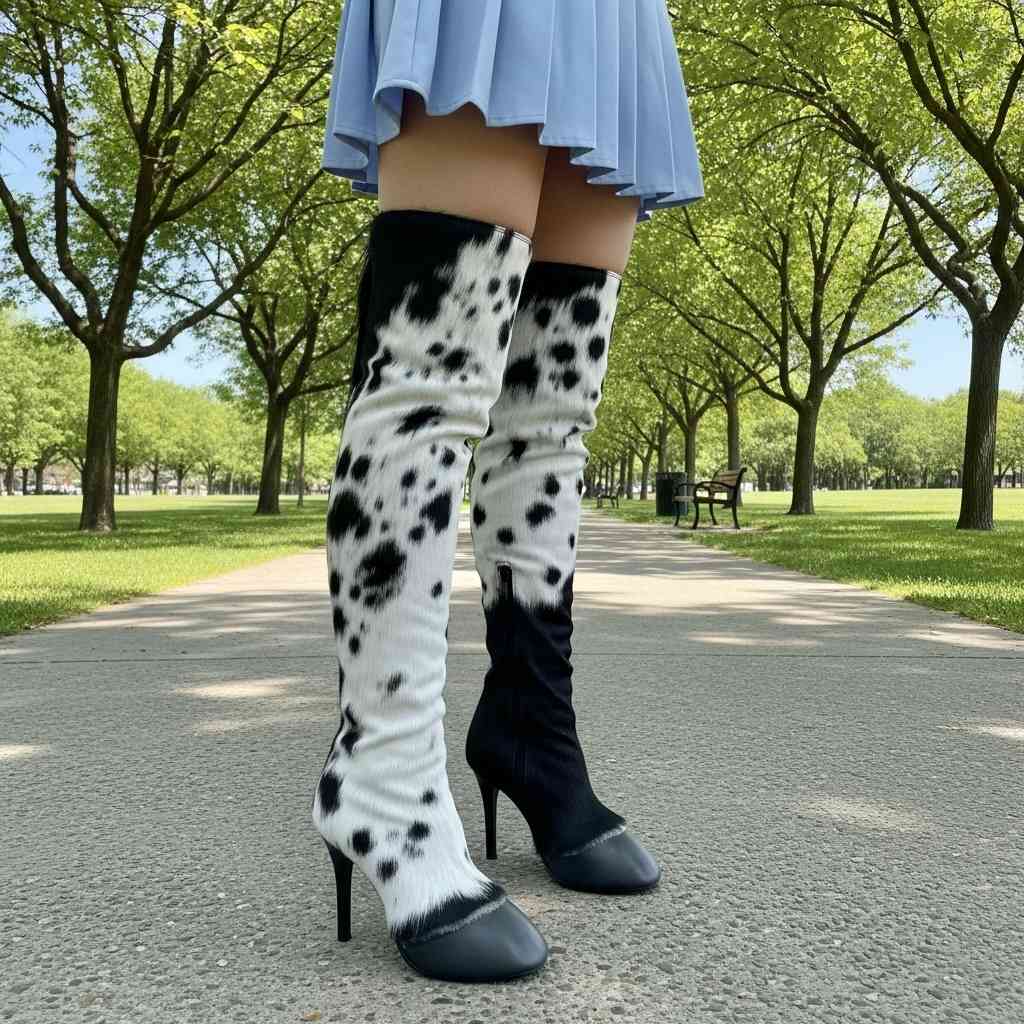
Part II: Design Philosophy and Artistic Expression
Nature as Architect: The Structure of a Horse’s Hoof
Before we can fully appreciate the artistry behind “horse hooves high heels,” it is essential to understand the remarkable engineering of a real horse’s hoof. Contrary to popular belief, a horse’s hoof is not simply a hard shell but a complex, living structure designed for shock absorption, weight distribution, and agility.
Composed primarily of keratin (the same protein found in human nails), the hoof is divided into sections—the wall, sole, frog, and white line—each serving a specific biomechanical purpose. The outer wall bears most of the weight, while the inner structures help dissipate impact and maintain balance. This intricate design allows horses to run at high speeds over varied terrain with minimal injury.
Translating this biological marvel into a wearable form requires a deep understanding of both anatomy and ergonomics. Designers must consider how to replicate the curvature, texture, and functionality of a hoof without compromising the wearer’s comfort or safety. It is a delicate balance between form and function—one that elevates these shoes beyond mere novelty into the realm of conceptual art.
Material Innovation and Craftsmanship
Creating “horse hooves high heels” involves more than just shaping a shoe to resemble a hoof. The materials used must evoke the ruggedness and resilience of the original while remaining suitable for human feet. Some designers opt for synthetic resins or polymers that mimic the hardness and sheen of a real hoof, while others experiment with metals, leathers, and even recycled composites.
Each pair is often handmade, requiring hours of meticulous work. Artisans may carve the heel shape from wood or resin before applying layers of paint, polish, or protective coating. In some cases, lighting elements or kinetic mechanisms are embedded within the design to enhance the visual effect, transforming the shoes into dynamic sculptures that respond to movement.
The craftsmanship involved reflects a growing trend in fashion toward artisanal, bespoke creations. Rather than mass-produced items, these heels are often limited editions or custom commissions, appealing to collectors and avant-garde fashion enthusiasts alike.
Symbolism and Cultural Resonance
Beyond their physical attributes, “horse hooves high heels” carry rich symbolic meaning. In many cultures, horses are revered as sacred beings—symbols of freedom, power, and spiritual connection. By incorporating elements of the hoof into footwear, designers tap into this collective consciousness, creating pieces that resonate on multiple levels.
For some, wearing these heels is an act of empowerment—literally stepping into the strength and confidence of a galloping horse. For others, it is a tribute to the bond between humans and animals, a reminder of our place within the natural world rather than above it. There is also a feminist dimension to the trend; by embracing traditionally masculine or wild imagery, women reclaim narratives of dominance and control through fashion.
Moreover, the use of equine forms in footwear speaks to a broader shift in contemporary design philosophy—one that embraces biomimicry, sustainability, and respect for the natural world. As climate change and environmental degradation become increasingly urgent concerns, fashion is beginning to reflect a desire to reconnect with nature rather than dominate it.
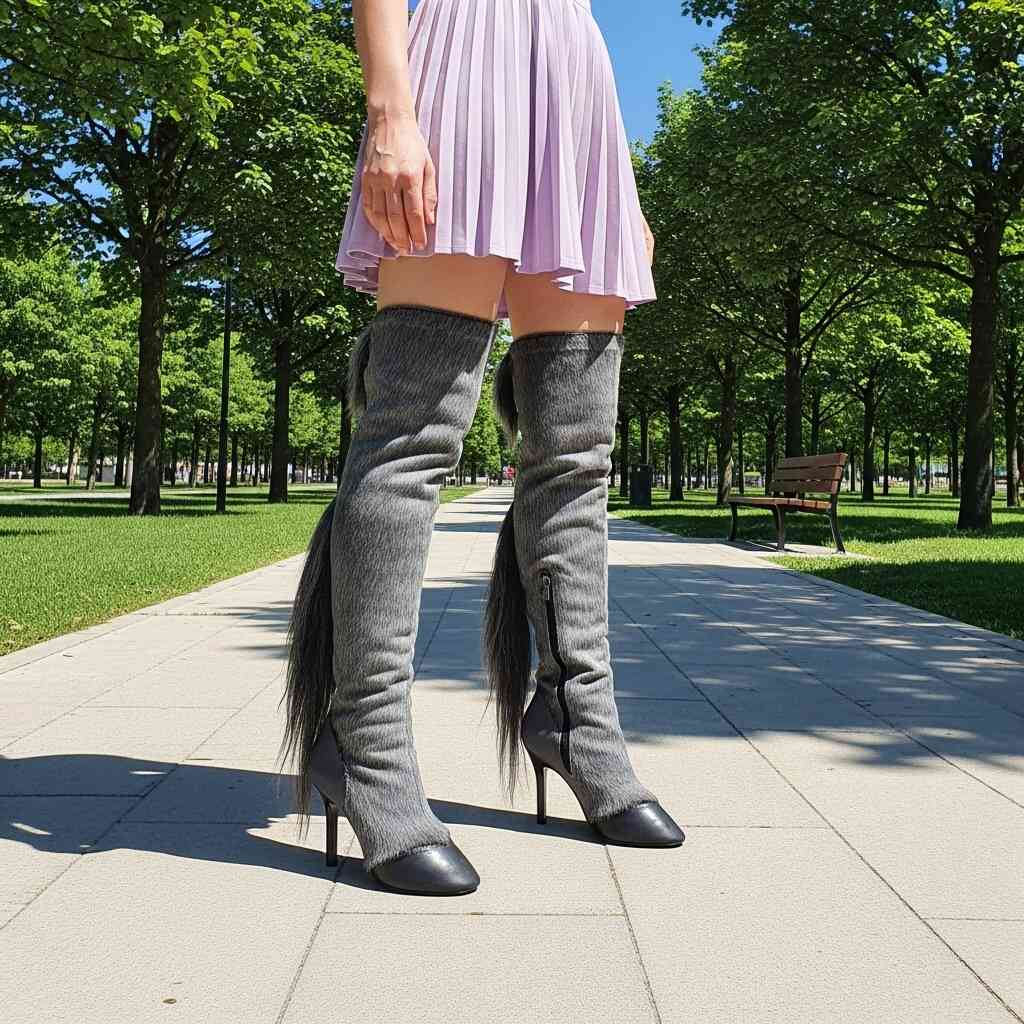
Part III: The Cultural Impact and Future of Horse-Inspired Footwear
Fashion Shows and Runway Statements
“Horse hooves high heels” have made notable appearances on international runways, where they serve as dramatic centerpieces in avant-garde collections. Designers such as Iris van Herpen, Alexander McQueen, and Vivienne Westwood have all flirted with equine themes, using them to explore ideas of transformation, identity, and futurism.
These shoes often accompany garments that blur the line between clothing and sculpture—flowing silks juxtaposed with rigid, angular accessories. On the runway, they command attention not only for their unusual shape but also for the narrative they suggest: a merging of human and animal, past and future, reality and fantasy.
Their presence in high fashion signals a growing appetite for experimental design. Consumers and critics alike are becoming more receptive to pieces that challenge norms, provoke thought, and invite dialogue. In this context, “horse hooves high heels” are not just fashion items—they are statements of intent, declarations of individuality, and invitations to reimagine what is possible.
Art Installations and Conceptual Exhibitions
Beyond the runway, these heels have found a home in art galleries and conceptual exhibitions. Curators interested in exploring themes of evolution, adaptation, and human-animal relationships have included them in displays that combine fashion, science, and storytelling.
In one notable exhibition, a pair of glowing, translucent “hoof heels” was displayed alongside digital projections of wild horses running across open plains. The installation aimed to evoke a sense of motion and majesty, reminding viewers of the raw energy and untamed beauty that inspired the design.
Such exhibits underscore the multidisciplinary nature of modern fashion. No longer confined to clothing stores or fashion magazines, innovative footwear now occupies the space of fine art, inviting philosophical inquiry and emotional response.
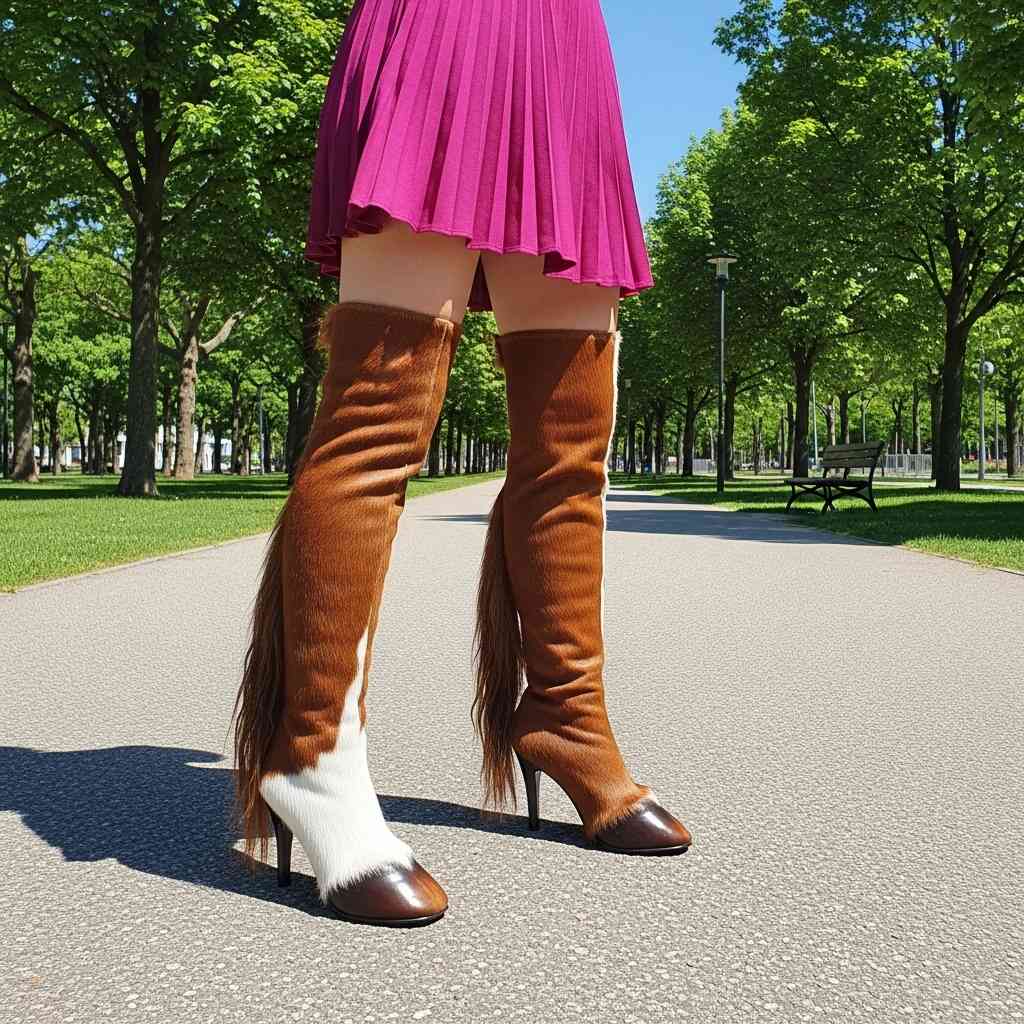
Ethical Considerations and Sustainable Practices
As interest in “horse hooves high heels” grows, so too does scrutiny around their ethical implications. While no actual animal products are typically used in their creation, questions arise about the representation of animals in fashion. Is it respectful to borrow so directly from nature, especially when the source material is so deeply tied to another species’ survival?
Many designers address these concerns by emphasizing transparency in their process. They openly discuss the inspiration behind their work, acknowledging the role of horses in human culture while advocating for conservation and responsible stewardship of wildlife. Some collaborate with equine sanctuaries or environmental organizations to ensure that their creations contribute positively to the discourse around nature and design.
Additionally, there is a growing emphasis on sustainable production methods. Designers are experimenting with plant-based resins, biodegradable materials, and zero-waste manufacturing techniques to align their practices with ecological values. In doing so, they reinforce the idea that fashion inspired by nature should also honor and protect it.
Looking Ahead: The Legacy of Equine-Inspired Design
As we move further into the 21st century, the lines between fashion, technology, and biology continue to blur. “Horse hooves high heels” stand at the forefront of this convergence, representing a new frontier in wearable art. They remind us that innovation need not come at the expense of tradition—that looking backward to nature can often lead us forward in creativity.
Future iterations of this concept may incorporate smart textiles, responsive materials, or even bioengineered components that adapt to the wearer’s movements. The potential for integrating augmented reality or interactive elements into the design could transform these shoes into immersive experiences rather than static objects.
Regardless of technological advancements, the core appeal of “horse hooves high heels” lies in their ability to capture the imagination. They invite us to see the world through a different lens—to find beauty in the overlooked, strength in the unexpected, and inspiration in the wild.
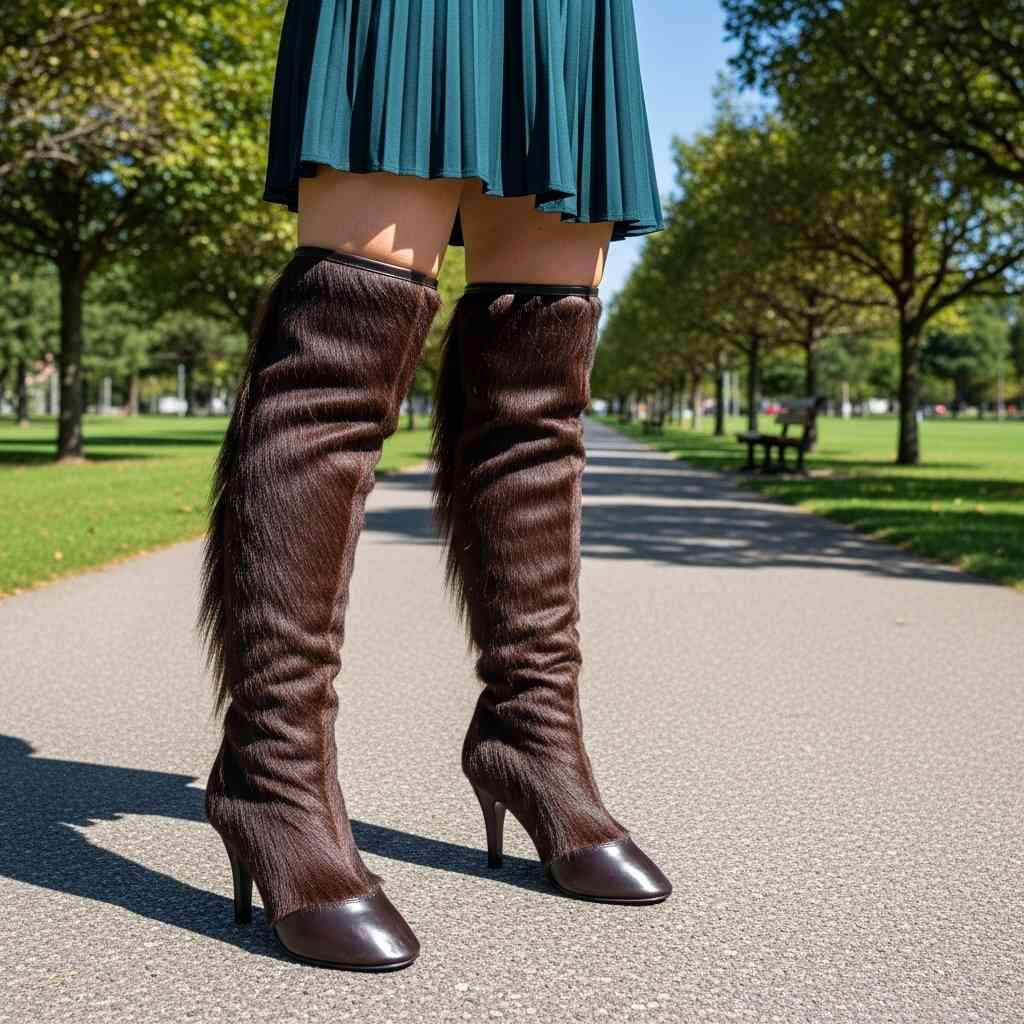
Conclusion: Stepping Into a New Era of Fashion
The rise of “horse hooves high heels” marks a significant moment in the evolution of fashion—one where nature, art, and human expression converge in extraordinary ways. These shoes are more than just eccentric accessories; they are embodiments of a deeper philosophical shift toward valuing authenticity, craftsmanship, and ecological awareness.
By drawing from the structure and symbolism of horse hooves, designers have created a new visual language—one that speaks of power, grace, and interconnectedness. Whether worn on the runway, displayed in a gallery, or simply admired for their ingenuity, these heels challenge us to rethink our relationship with both fashion and the natural world.
Ultimately, “horse hooves high heels” remind us that true style is not about conformity—it is about courage, curiosity, and the willingness to embrace the unknown. They invite us to walk not only with confidence but with intention, knowing that every step we take can leave a meaningful imprint on the world around us.

